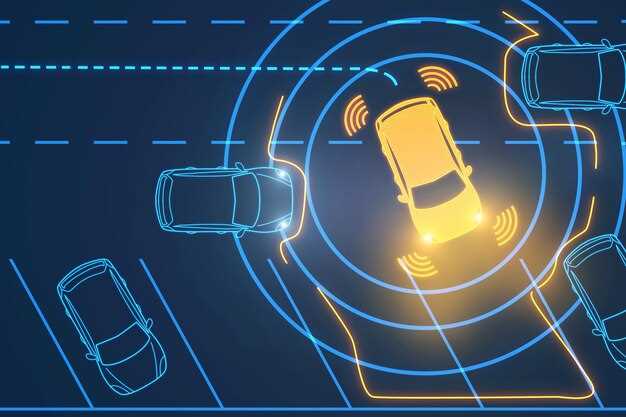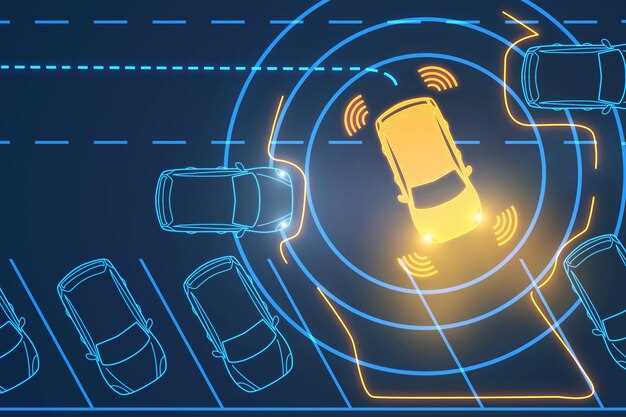
The rapid advancement of tech in the automotive industry has paved the way for innovative safety features aimed at reducing accidents and enhancing the overall driving experience. One such technology gaining traction is Lane Keep Assist (LKA), which plays a crucial role in assisting drivers in maintaining their position within the designated lanes on the road.
Lane Keep Assist technology utilizes a combination of sensors, cameras, and sophisticated algorithms to monitor lane markings and assess the vehicle’s position in real-time. By continuously analyzing this information, LKA can provide subtle steering inputs and alerts to help prevent unintentional lane departures, ultimately contributing to improved road safety for both drivers and passengers.
Understanding how Lane Keep Assist works can empower drivers to utilize this technology effectively, enhancing their driving confidence while promoting safer roads overall. As vehicles become increasingly equipped with such advanced features, grasping the significance of lane management tools will be essential for both current and future generations of drivers.
How Lane Keep Assist Works: Sensor and Camera Systems
Lane Keep Assist (LKA) technology enhances vehicle safety by utilizing sophisticated sensor and camera systems to monitor the vehicle’s position within the lane. This technology plays a crucial role in preventing unintentional lane departures, thereby reducing the risk of accidents caused by driver distraction or fatigue.
The primary components of LKA systems include forward-facing cameras and various sensors strategically placed around the vehicle. The cameras are designed to detect lane markings on the road, which can include painted lines and reflective markers. They utilize advanced image processing algorithms to interpret this visual data in real time, ensuring that the vehicle stays centered within its designated lane.
In addition to cameras, LKA may also incorporate radar sensors and LIDAR technology. These systems complement the camera function by providing additional information about the vehicle’s surroundings, including other vehicles and obstacles. By combining inputs from multiple sources, the LKA system can create a comprehensive understanding of the vehicle’s spatial orientation.
Once the system identifies that the vehicle is drifting towards the lane boundary, it can initiate corrective actions. This may involve steering adjustments made automatically, assisting the driver in maintaining a safe trajectory. Many LKA systems allow drivers to override these adjustments, ensuring that control remains firmly in their hands.
The effectiveness of Lane Keep Assist technology significantly enhances overall road safety. By reducing the likelihood of accidents related to lane departure, it serves as an essential tool in modern automotive tech. As advancements continue in this field, the integration of additional features with LKA may further improve driver assistance systems, creating an even safer driving environment.
Benefits of Lane Keep Assist for Everyday Drivers

Lane Keep Assist (LKA) technology serves as a valuable tool for everyday drivers, enhancing their overall driving experience. One of the primary benefits of LKA is its ability to reduce the risk of unintended lane departures, which is a common cause of accidents. By continuously monitoring the vehicle’s position within the lane, this tech intervenes by providing subtle steering adjustments, helping drivers maintain their lane, even during long trips or moments of distraction.
Another significant advantage of Lane Keep Assist is the reduction of driver fatigue. For those who spend hours on the road, this feature can alleviate the constant need to correct steering, allowing for a more relaxed and comfortable driving experience. With LKA actively working in the background, drivers can focus better on the road and their surroundings.
Moreover, LKA contributes to enhanced vehicle safety. By preventing inadvertent lane changes, particularly in congested traffic or on highways, drivers can feel more secure knowing that this assistive technology is actively working to keep them safe. This is especially beneficial for new drivers who may still be mastering their vehicle control skills.
Additionally, Lane Keep Assist can complement other advanced driver-assistance systems (ADAS), creating a more comprehensive package of safety features. When combined with systems like adaptive cruise control, LKA can significantly simplify the complexities of modern driving, making vehicles easier to handle in varying conditions.
In summary, Lane Keep Assist technology offers numerous benefits for everyday drivers, including enhanced safety, reduced fatigue, and improved overall driving comfort. As this tech continues to evolve, its importance in modern vehicles will only grow, further supporting drivers in their daily journeys.
Common Limitations and Challenges of Lane Keep Assist Systems

Lane Keep Assist (LKA) systems are designed to enhance vehicle safety by reducing the risk of unintentional lane departure. However, these technologies are not without their limitations and challenges. Understanding these drawbacks is essential for drivers and manufacturers alike.
One significant limitation of lane keep assist systems is their dependency on road conditions. These systems rely heavily on clear lane markings for effective operation. In situations where lane markings are faded, obscured by debris, or completely absent, the technology may struggle to accurately detect the lane boundaries. Poor visibility due to weather conditions such as rain, fog, or snow can further complicate the system’s performance.
Moreover, LKA systems can be challenged by complex road environments, such as sharp curves or multi-lane highways. In these scenarios, the tech may not respond optimally, leading to potential safety risks. Additionally, some systems may not adequately account for driver behavior, which can result in unexpected steering corrections, causing discomfort for occupants.
Another challenge is the system’s reliance on sensors and cameras that can become damaged or misaligned. Regular maintenance is essential to ensure that these components function correctly. If calibration is off, the system might inadvertently steer the vehicle too aggressively or fail to provide assistance altogether.
Furthermore, driver over-reliance on LKA technology can lead to complacency. Some users may misinterpret the capabilities of lane assist tech, mistakenly believing it offers full automation rather than a supportive tool. This misunderstanding can jeopardize safety, as attentive and engaged driving is still paramount.
Lastly, regulatory variations across regions can affect the implementation and performance of lane keep assist systems. Different countries may have distinct standards for lane marking and traffic rules, which can impact how effectively these systems operate.